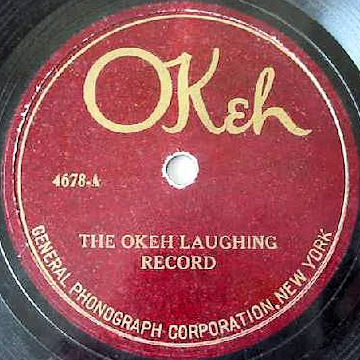Capable of producing sounds beyond the range of human hearing, the pipe organ presents the ultimate challenge for sound recording. The first known attempt was the Columbia Records recordings of the Mormon Tabernacle Choir from late August and early September 1910, which included two organ solos played by John J. McClellan.
Probably the very first pipe organ recording was a test made on 30 August 1910, with McClellan playing Wagner’s Tannhäuser overture. Two enormous acoustic recording horns, five feet long and two feet wide, were suspended on a rope strung across the Tabernacle. Although the engineer deemed the recordings successful, apparently they were never approved for release.
This according to “The first recordings of organ music ever made” by John W. Landon (Theatre organ: Journal of the American Theatre Organ Society LIII/4 [July–August 2011] pp. 22–28). Above, the Mormon Tabernacle organ as it appeared at the time of the recording (two 15-foot wings were added in 1915).







